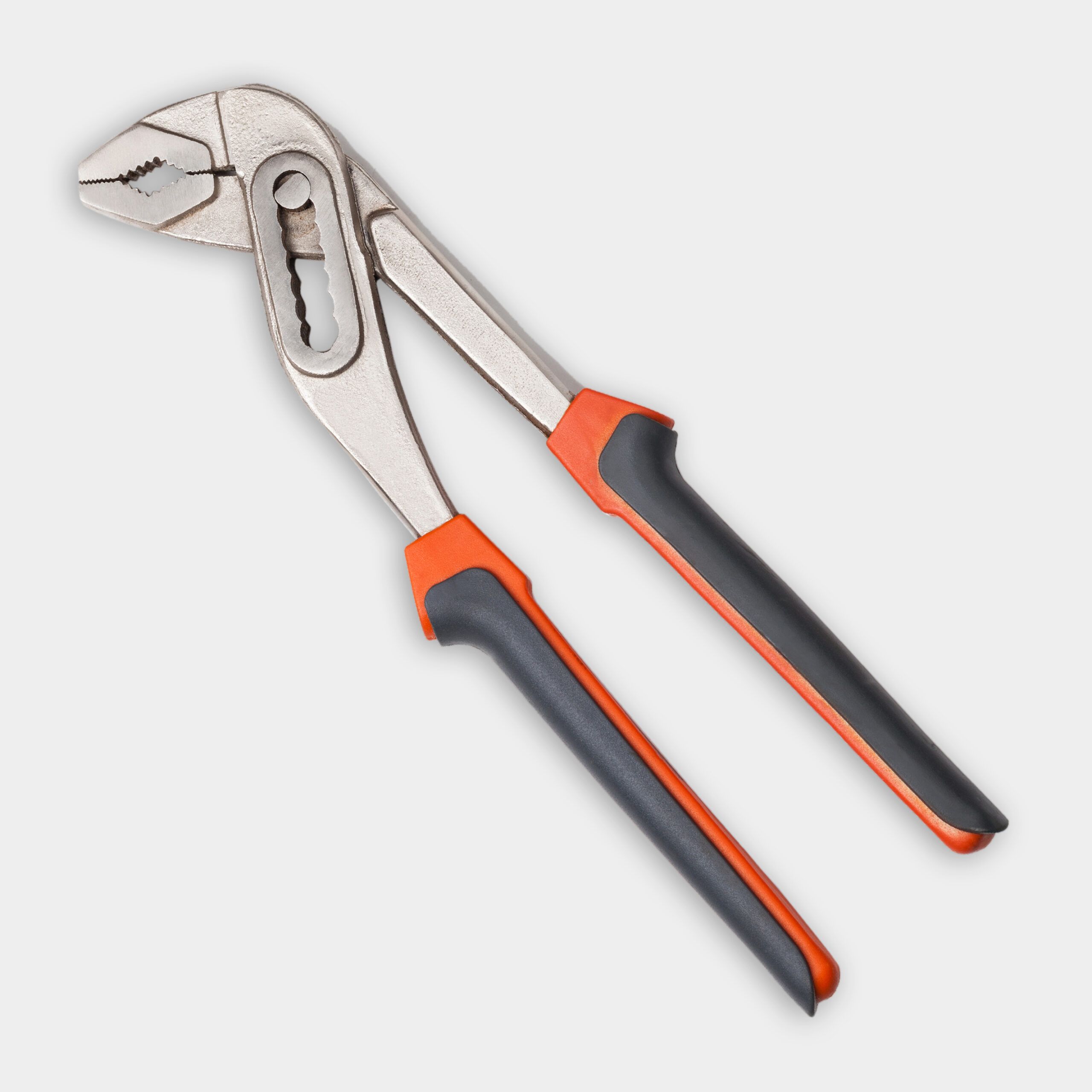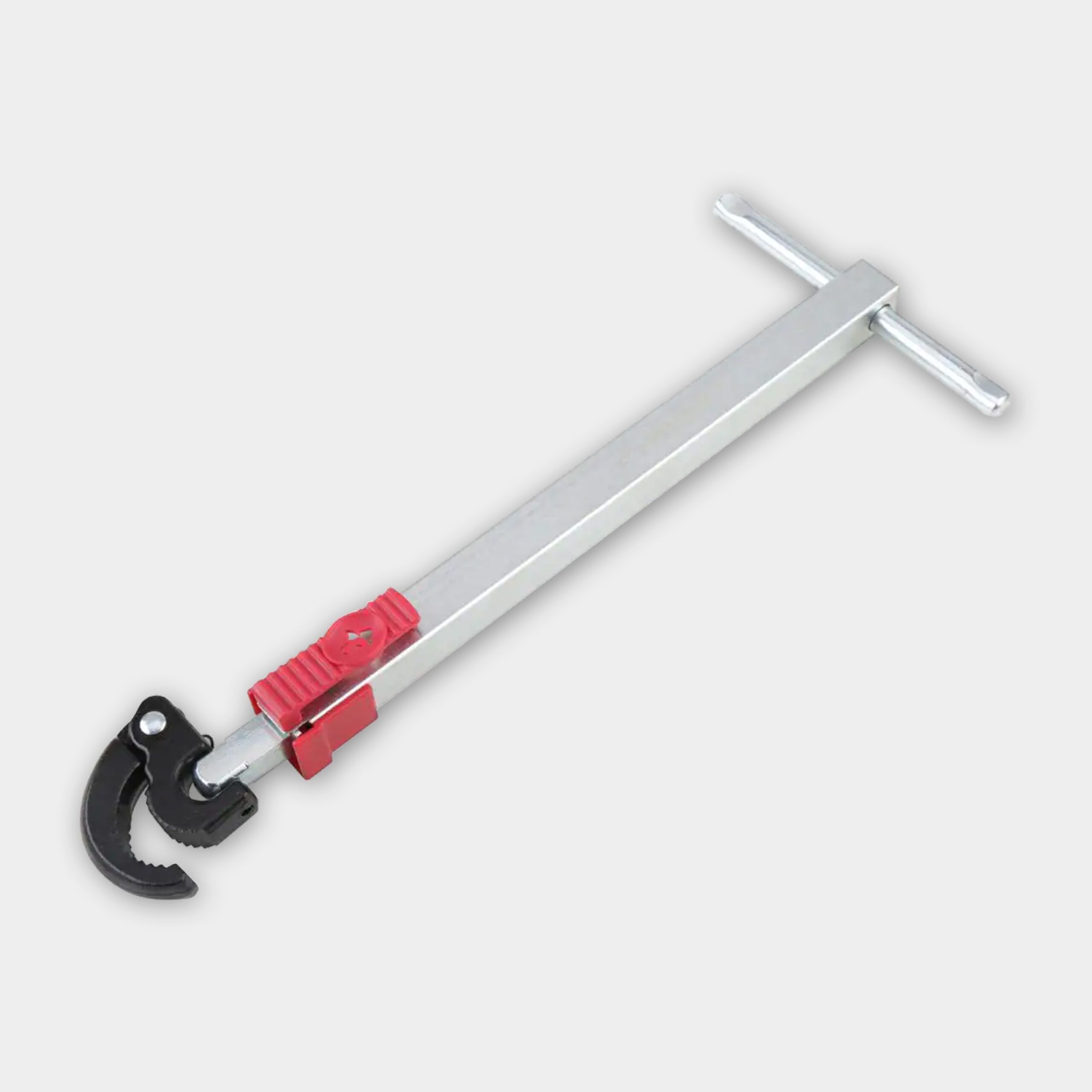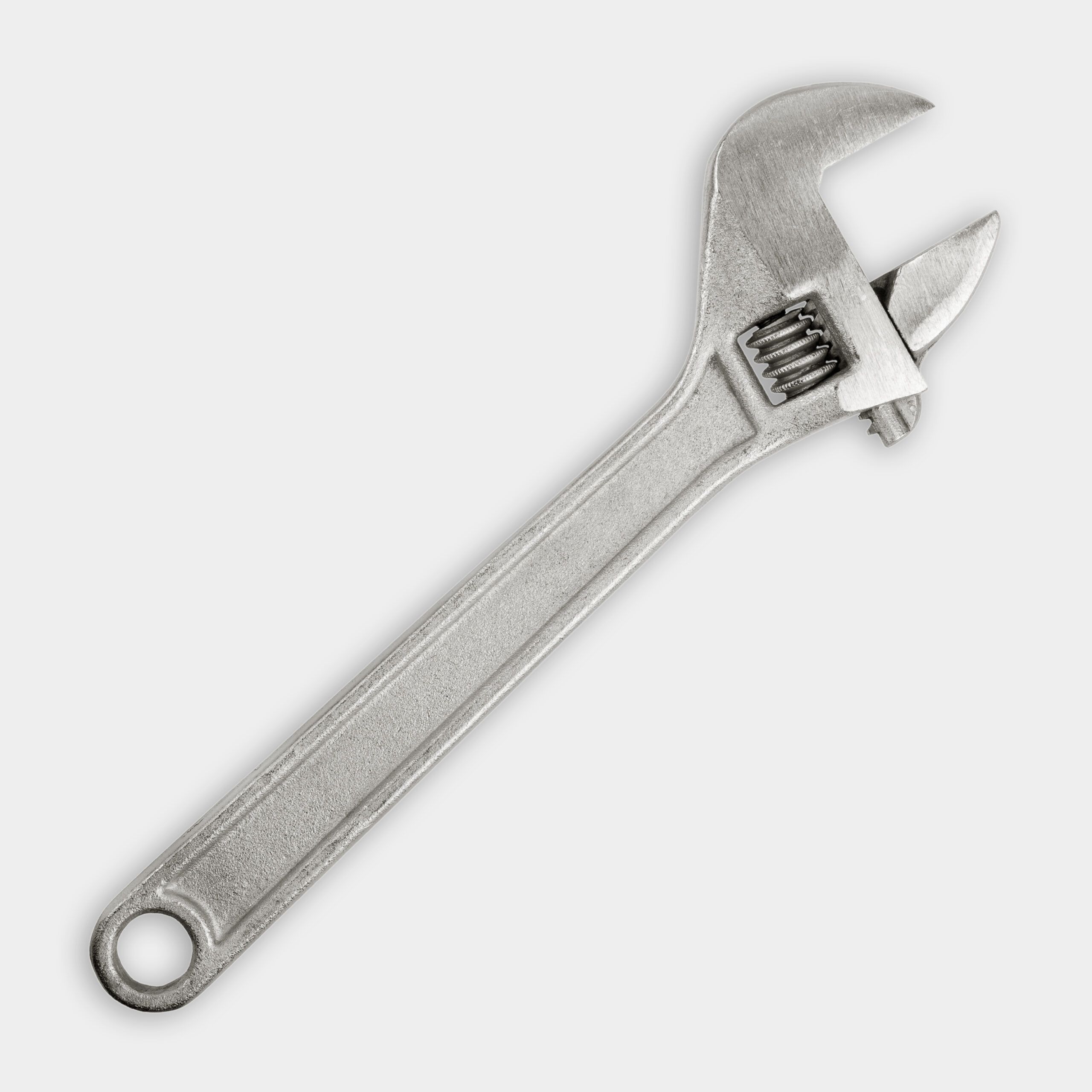We may be compensated if you purchase through links on our website. Our team is committed to delivering honest, objective, and independent reviews on home products and services.
Without proper drainage and venting in your bathroom sink, you may experience slow draining, unpleasant odors, and even health hazards. This guide will walk you through the process of draining and venting a bathroom sink to get the best performance out of your sink. This Old House plumbing and heating expert Richard Trethewey demonstrates how to address common sink drainage issues and install an effective venting system in the video above.
Understanding Sink Drainage and Venting
Sink drainage and venting work together to ensure proper water flow and prevent sewer gases from entering your home. A well-designed drainage system allows water to flow smoothly from your sink to the main sewer line. The key components of a sink’s drainage system are the following:
- Drain pipe: The drain pipe connects the sink to the rest of the drainage system, carrying wastewater away from the sink toward the main drain line.
- Drain line: The drain line is a larger pipe that connects the drain pipe to the home’s main sewer line to transport wastewater away from your home.
- P-trap: This U-shaped pipe beneath the sink plays a crucial role in preventing sewer gases from entering your bathroom. It retains a small amount of water, creating a seal that blocks odors and gases from rising through the drain.
A vent system allows air to enter the drain pipe to facilitate smooth water flow, helps maintain the water seal in the P-trap, and prevents the formation of vacuum or pressure in the pipes. Without proper venting, you may experience slow draining, gurgling sounds, or siphoning of the P-trap, which can lead to sewer gas seeping up through your drain.
Common Sink Drainage Issues
Before addressing drainage and venting problems, identify the issue affecting your bathroom sink. Here are two common issues you may experience:
- Multiple traps: As Trethewey points out, having multiple traps in your sink’s drainage system can cause big problems. A double trap setup, also known as an S-trap, can lead to exposure to sewer gases, siphoning of water from the P-trap, slow draining, and potential clogs.
- Lack of proper venting: An unvented sink can cause the formation of air bubbles or “tornadoes” when draining, gurgling sounds, and slow draining. In the video, Trethewey demonstrates how an unvented sink creates a cyclone effect when draining, indicating poor airflow in the system. Inadequate venting can lead to unpleasant odors and even health risks by allowing sewer gases to travel up and into your bathroom.
Tips for a Smooth Installation
When installing a new drainage and venting system, have the necessary tools and materials on hand before starting the project, including wrenches, pliers, PVC pipes, slip nuts, plumber’s putty, and PVC cement.
Never underestimate the importance of safety precautions. Wear protective gear, such as gloves and safety goggles, when working with plumbing. Also, make sure that the area around the sink is well-ventilated to avoid inhaling any fumes from the adhesive or other materials used during the installation.
Familiarize yourself with your home’s plumbing layout. Knowing where the main pipes and vents are will help you plan the installation and avoid potential complications. Lastly, don’t rush the process. Taking your time on each step will save you from potential headaches and additional repairs down the line.
Step-by-Step Guide to Draining and Venting a Bathroom Sink
Follow these steps to ensure your bathroom sink has proper drainage and venting.
Removing Old Drain Piping
Before installing new components, you’ll need to remove the existing drain piping:
- Turn off the water supply.
- Place a bucket under the P-trap to catch any water.
- Loosen the slip nuts connecting the P-trap to the sink drain and wall pipe.
- Remove the P-trap and any additional piping.
- Clean the area and inspect for any damage or corrosion.
Installing a New P-Trap
A properly installed P-trap ensures effective drainage and odor prevention. Here’s how to install it:
- Position the new P-trap beneath the sink drain.
- Connect the trap to the sink drain using a slip nut and washer.
- Attach the other end of the trap to the wall pipe.
- Hand-tighten all connections, then use pliers to secure them further.
Adding a Venting System
You’ll need to install a venting system to make sure your sink works properly. While the ideal solution is to vent through the roof, this may not always be possible without major renovations. In such cases, an air admittance valve (AAV) can be a good alternative. Here’s how to install it:
- Install a tee fitting above the P-trap.
- Connect the vertical portion of the tee to the sink drain.
- Attach the AAV to the horizontal portion of the tee.
- Ensure the AAV is installed vertically and at the highest point possible within the cabinet.
Connecting New Drain Components
Once you have your P-trap and venting system in place, it’s time to connect all the components:
- Use PVC pipes and fittings to connect the P-trap to the wall pipe.
- Ensure all connections are properly aligned and tightened.
- Apply plumber’s putty to the drain connections at the sink.
- Use PVC primer and cement to secure all pipe joints.
Testing the System
After installation, you need to test your new drainage and venting system:
- Turn on the water supply.
- Fill the sink basin and observe how it drains.
- Check for any leaks at the connections.
- Listen for any unusual sounds, such as gurgling or sucking noises.
Maintaining Your Sink’s Drainage and Venting System
Regular maintenance can help prevent future issues with your bathroom sink’s drainage and venting. Address any unusual sounds or leaks promptly. Clean the P-trap periodically to remove buildup, and keep the sink and surrounding area clean to prevent debris from entering the drain. Avoid using harsh chemical drain cleaners that can damage pipes.
Taking the time to add these maintenance practices into your routine can extend the life of your sink’s plumbing and prevent expensive repairs. Periodic inspections can help you catch potential issues early, reducing the chances of severe clogs or leaks.
In addition to cleaning the P-trap, consider checking the AAV regularly if you’ve installed one. Make sure it’s functioning correctly and hasn’t become clogged or obstructed. A well-maintained venting system contributes to a more efficient and trouble-free plumbing experience.



